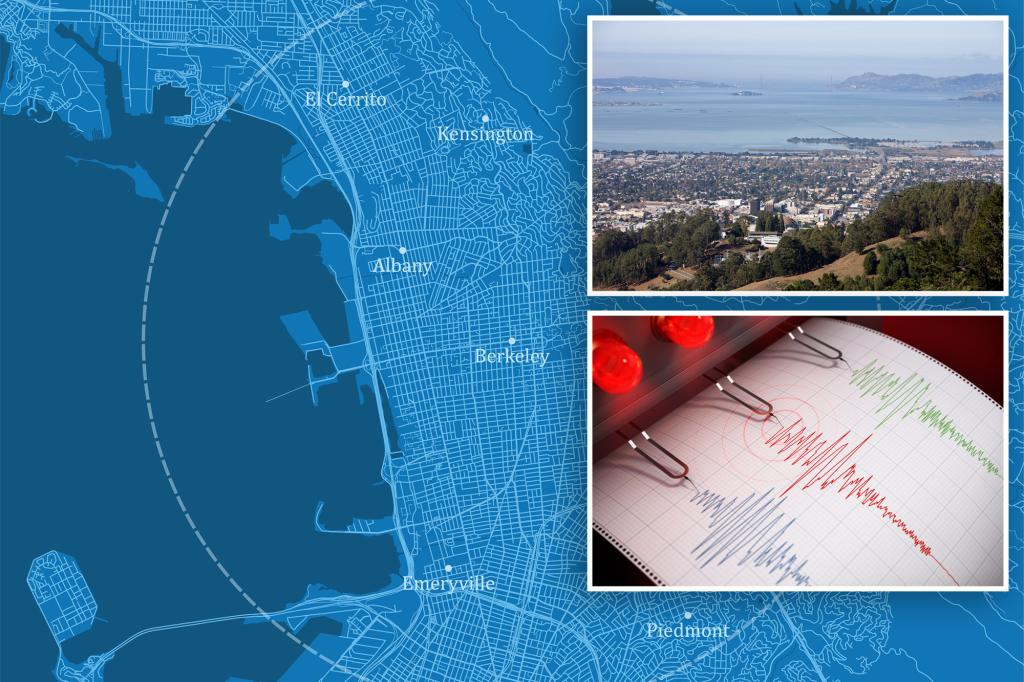A magnitude 3.4 earthquake shook the Bay Area shortly after a temblor hit New York City. The earthquake struck Berkeley’s Garber Park at a depth of 5.8 miles, with reports of residents feeling the tremors in areas as far south as San Jose. While there were no serious injuries or damage reported, the event highlighted the seismic activity along the Hayward fault line, which is known to be the source of destructive earthquakes in the region.
The Hayward fault line spans 62 miles along the East Bay hills, with the last significant quake occurring in 1868 with a magnitude of 6.8 that resulted in 30 casualties. The recent earthquake in the Bay Area was relatively weak in comparison, serving as a reminder of the potential for more severe seismic events in the region. Residents were reminded of the risks associated with living near active fault lines, emphasizing the importance of preparedness and infrastructure resilience in earthquake-prone areas.
In contrast to the Bay Area earthquake, a magnitude 4.8 temblor struck near Lebanon, NJ, the day before, marking a rare seismic event on the East Coast. This earthquake was the strongest to hit the area since 1884, causing widespread panic among residents and leading to flight cancellations and traffic disruptions in New York City. The impact of the earthquake was felt as far as New Jersey, with nearly 30 aftershocks recorded following the initial event.
The seismic activity in both the Bay Area and the East Coast serves as a reminder of the unpredictable nature of earthquakes and the importance of being prepared for such events. Public awareness and education on earthquake safety measures are crucial in reducing the potential risks of injuries and damage during seismic events. Government agencies and local authorities play a key role in monitoring seismic activity, providing timely alerts, and ensuring that infrastructure is built to withstand earthquakes in vulnerable areas.
The recent earthquakes in both the Bay Area and the East Coast have reignited discussions on earthquake preparedness and emergency response strategies. While no serious damage was reported in either event, the potential for more severe earthquakes underscores the need for continued vigilance and community resilience. By staying informed, having emergency kits, and practicing evacuation drills, residents can better prepare themselves for unexpected seismic events and minimize the impact on their lives.
Overall, the recent earthquakes on both the West and East Coasts serve as a wake-up call for communities to prioritize earthquake preparedness and resilience. By learning from past seismic events, investing in infrastructure improvements, and raising awareness about earthquake safety measures, residents can reduce the risks associated with living in earthquake-prone regions. Through cooperation between government agencies, researchers, and the public, communities can work together to mitigate the impact of earthquakes and ensure the safety and well-being of all residents.


